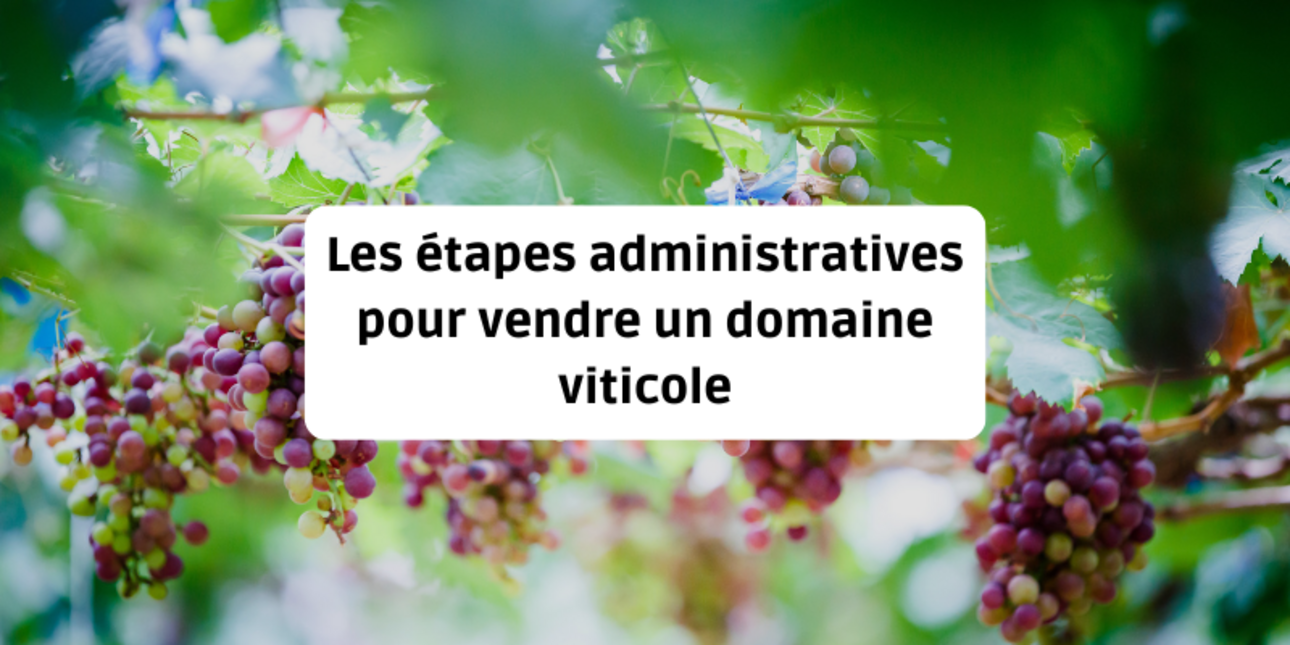
You want to sell your wine estate in the near future. But you're a little lost when it comes to all the steps you need to take to make your sale a success. Rest assured, in this article we present the main administrative steps to choose from and to take care of during your selling process.
Summary
1. Before the sale
1.1 Property diagnostics
1.2. Diagnosis of winegrowing assets
1.2.1. Buildings containing asbestos
1.2.2. Inspections related to the presence of employees
1.2.3. Receiving the public
1.3. Planning permission
1.4. Classified Installations
1.5. The vines
1.5.1. The Computerised Wine Register
1.5.2. AOP, IGP and other labels
1.6. Property deeds and leases
1.6.1. Vineyard appraisal
1.7. The commercial angle
1.8. Wine stock
1.9. Assessment
2. During the sale
2.1. Sales agreement
2.2. Authorisation to operate
2.3. Notification of SAFER's right of pre-emption
2.4. Transfers of shares in a company
3. After the sale
3.1. Cessation of tax activity
3.2. Dissolution of a company
3.3. Customs declaration
4. In conclusion
Before you even start looking for a buyer, you need to take a series of steps, some of which are compulsory and others optional but strongly recommended.
Part of your preparatory work will therefore involve collecting the various documents and checking that you are still in compliance with the various regulations and standards.
If your wine estate for sale includes a dwelling house, you will be subject to the standard property diagnostics. 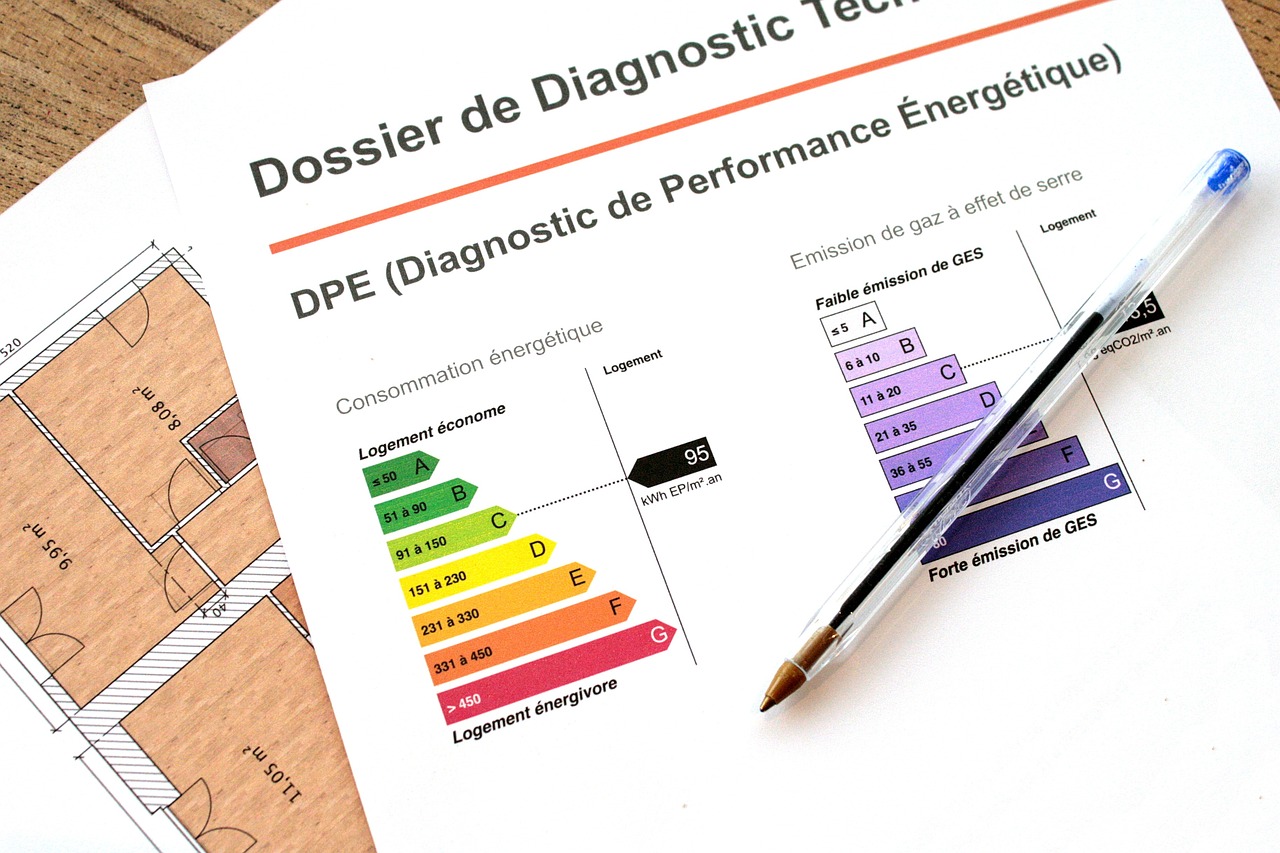
Of these, only the Energy Performance Diagnostic is compulsory at the time of sale.
However, we recommend that you carry out and prepare all the diagnostics at the same time, both to obtain a better budget and to provide your future buyer with a clear, exhaustive presentation and avoid late renegotiation.
|
Diagnostics |
Homes concerned |
| Energy diagnostic (DPE) | All, except "Vefa" and homes intended to be occupied for less than 4 months a year. |
| Checking the electrical installation | Properties with electrical installations more than 15 years old. |
| Checking the internal gas installation | Homes with a gas installation more than 15 years old. |
| Report on the presence or absence of asbestos | Properties with planning permission prior to July 1997. |
| Non-collective sanitation | Houses that are not connected to the public wastewater collection network and have an independent installation. |
| Report on the presence of termites | Single-family homes and private portions of apartment buildings located in areas identified by prefectoral decree. |
| Risks and pollution |
Buildings and land located in specific sectors. To find out about the risks in your area, consult the government website dedicated. |
| Noise diagnosis | Homes and land in airport noise exposure zones. |
| Lead exposure risk report (Crep) | Dwellings built before 1949. |
| Information on the risk of mérules (fungus) | Properties located in a geographical area defined by a prefectoral decree. |
Winegrowing also requires certain diagnostic tests to be carried out and analysed. You will need to produce these when you sign the preliminary sales agreement.
1. Buildings containing asbestos
If your property was built before 1 July 1997, you must enclose a summary of the Dossier Technique Amiante (asbestos technical file), which has been a compulsory document for many years.
The presence of asbestos does not prevent you from selling your property, but it does mean that you must use qualified contractors to carry out any work involving asbestos-contaminated materials, and that any asbestos-contaminated materials must be stored in approved storage centres.
2. Controls relating to the presence of employees
If you employ employees or trainees, even temporarily, you have obligations in terms of health and safety at work. As such, you must carry out regular audits of your business. These audits should also be brought to the attention of any transferees.
This obligation applies in particular to :
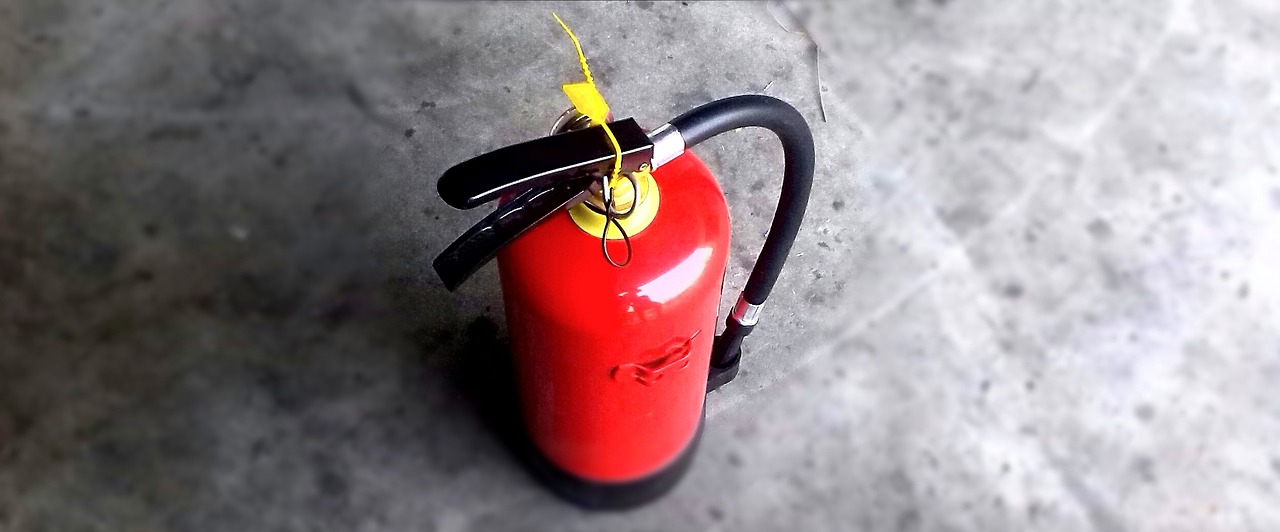 Lifting equipment
Lifting equipment If you receive members of the public in your vineyard, you are also subject to obligations in terms of ERP (Etablissements Recevant du Public). This is particularly the case if you give tours or have a tasting room open to the public.
You will have had to carry out an accessibility audit, which must of course be complied with over time, and which will be made available to the buyer.

During the lifetime of your company, you will certainly have carried out work on your buildings. You need to provide proof that the building work has been carried out in accordance with planning regulations.
You must therefore include all the building permits you have obtained, as well as any prior building declarations.
If some of the buildings are less than 10 years old, you will be subject to the ten-year guarantee. You will therefore need to provide invoices and ten-year guarantee certificates from the various companies involved.
Winegrowing estates may fall within the scope of Classified Installations legislation, with specific obligations regarding the treatment of winegrowing effluent depending on production capacity.
In all cases, however, all wineries are subject to the obligation to treat winegrowing effluent.
.
| Production capacity | Applicable regime |
|
Less than 500 hL |
Departmental sanitary regulations |
| From 500 hL to 20 000 hL |
Declaration system |
|
More than 20,000 hL |
Authorisation or registration system |
You must therefore be in compliance with these regulations at the time of sale and be able to certify this to your buyer.
1. The Computerised Vineyard Register
The CVI (Casier Viticole Informatisé - Computerised Vineyard Register) is the compulsory customs procedure for all vineyards. Each parcel of vines must be registered on your Casier Viticole.
The CVI is also used to keep track of the estate's portfolio of planting authorisations.
It is therefore an essential document to provide.

Each label has its own obligations. When selling PDO vines, you need to check that the plots of vines comply with the relevant specifications.
In fact, the value of the vines, and therefore the vineyard, is very closely linked to the appellation, as you can see from our articles on the price of vines.
You can contact the Organisme de Défense et de Gestion of your appellation or the INAO.
You will need the deeds of ownership for all your vineyard plots.
And leases if you rent plots of vines. It is essential to know whether the landowner or the tenant owns the vines planted on the farmland.
It is becoming more and more common to call in a wine expert to come and audit the vines. 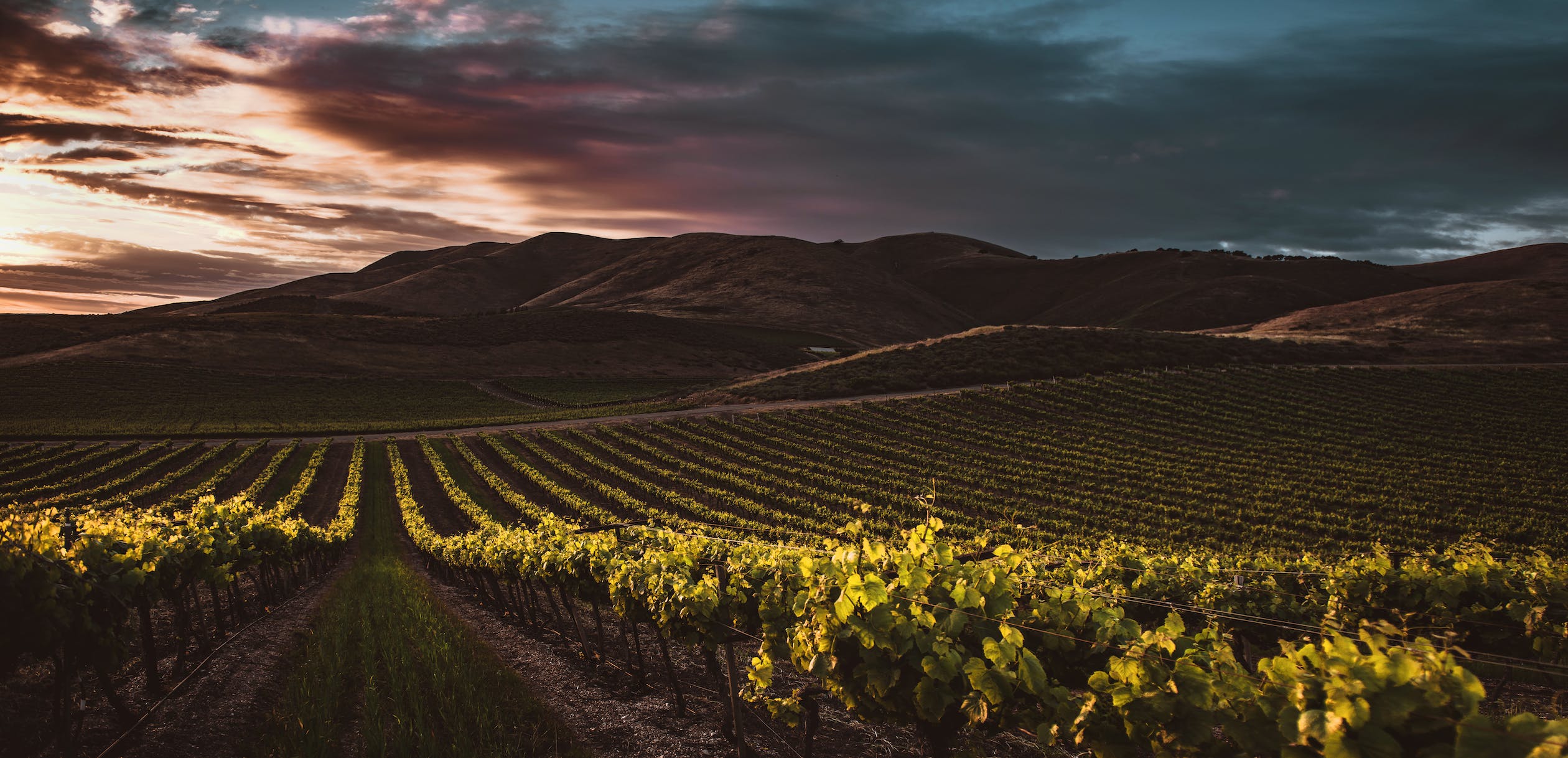 The expert will validate the surface area, the state of health and age of the vines, the percentage of missing vines, compliance with the rules of the appellation, etc.
The expert will validate the surface area, the state of health and age of the vines, the percentage of missing vines, compliance with the rules of the appellation, etc.
It's a process and support that comes at a cost but will provide security for both the seller and the buyer.
If you do the marketing your wine this is a key element to consider in your sales approach. You use brands that you may have registered with the INPI. If this isn't the case and a competing winery uses the same brand, you run the risk of encountering difficulties.
Your customer database can also be very valuable. It must therefore be kept up to date and accessible.
Finally, distribution contracts are also important because they can affect the value of your winery.
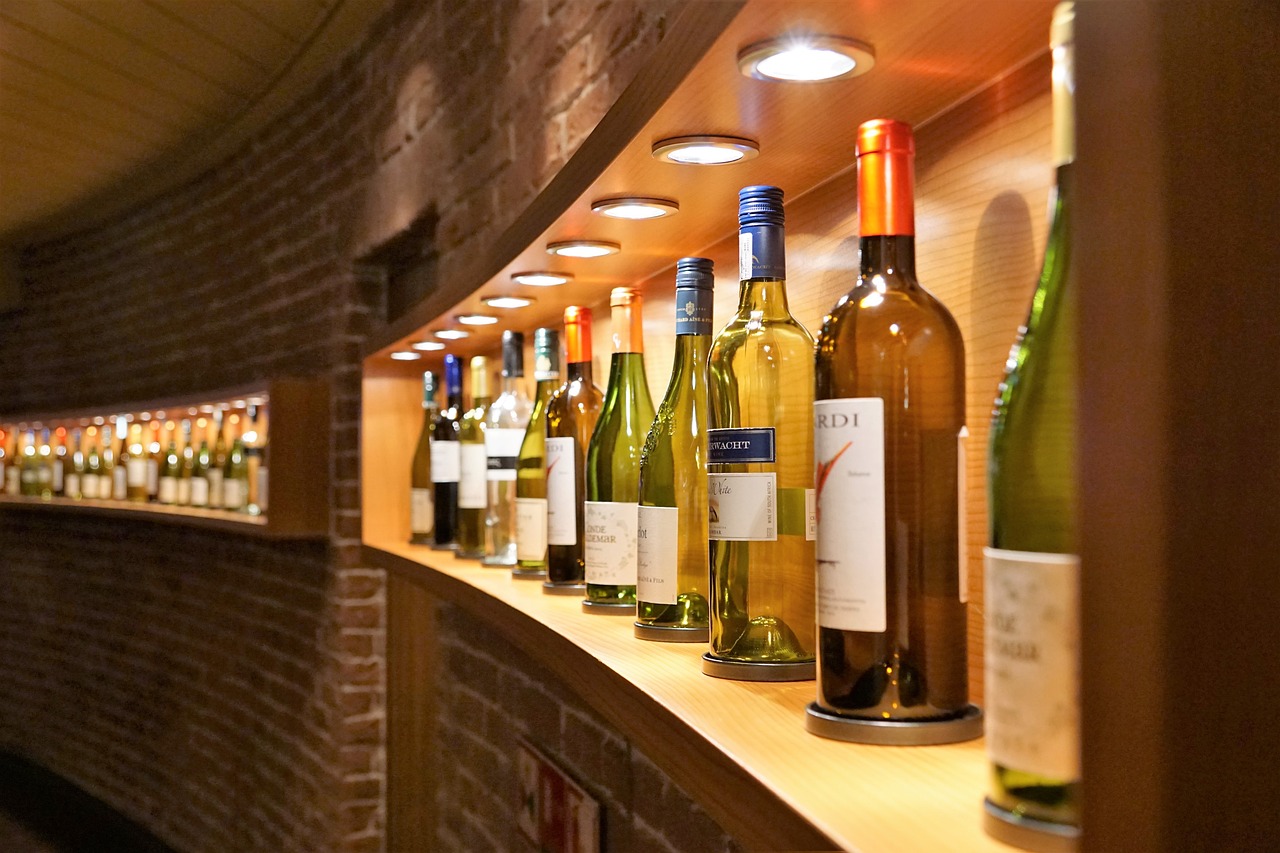 If the sale of your wine estate is accompanied by the sale of a stock of wine in the cellar, this stock will also need to be valued. This may also involve calling in an oenologist to check the quality and marketability of the wines.
If the sale of your wine estate is accompanied by the sale of a stock of wine in the cellar, this stock will also need to be valued. This may also involve calling in an oenologist to check the quality and marketability of the wines.
All the documents you have drawn up or assembled will be very useful in your selling process.
First of all, they will be used to value your wine estate and therefore to set the selling price.
These documents will also be used to create a presentation and appraisal file that you will submit to the various bidders.
When a potential buyer presents you with a property offer that suits you, it is essential to formalise this agreement in a legal document.
Whether it's called a compromis de vente, promesse de vente, or contrat de vente sous conditions suspensives, it should be drawn up by a specialist to ensure the security of both parties.
In particular, this type of contract will contain the description and price of the property being sold, a reminder of the various audits and checks that have been carried out, and the conditions precedent that must be lifted before the final sale can go ahead.
In particular, the buyer will have to definitively validate his financial capacity to purchase the wine estate.

He will also need to obtain authorisation to farm under the Contrôle des Structures. Although this is the buyer's responsibility, he cannot do it without the seller's support.
You will therefore need to complete and sign this form and provide him with the necessary information.
The sale will also be subject to the SAFER's right of pre-emption. The notary in charge of the deed of sale will handle this procedure.
The sale of your wine estate may take the form of a transfer of shares in your company. This option is sometimes more advantageous for the buyer or the seller.
It will require careful consideration by the advisers on both sides.
The sale of your agricultural company will also require additional information about your business and the setting up of an Asset and Liability Guarantee.

That's it, you've bought your sales project. The buyer has moved in and started his business.
But you haven't yet completed your administrative formalities.
You must file a tax declaration of cessation of activity within 2 months of the sale.
In the case of a sale of a company, you will certainly have to carry out a valuation of the final financing of the shares after the date of the sale, once your accounts have been drawn up.
If you run your potential wine estate as part of a company (which you have not sold), you will probably have to dissolve and liquidate your legal structure.
And, of course, you mustn't forget to declare your cessation of activity to customs.
There are a great many administrative formalities to be completed when selling a wine estate. It is likely that, in the course of the procedures, you will have to make additional requests, depending on the situation.
So it's essential to plan ahead to present a clear sale proposal that complies with the various regulations.
This will be an asset for the sale, and also an important element of commitment and security.
In view of these conditions, it is essential to be accompanied by specialists in wine transactions. If you are looking for a specialist firm to assist you with the sale of your wine estate, we recommend that you use our free matchmaking service. All you have to do is outline your potential sales project. As soon as we receive it, we analyse it and pass it on to the wine transfer professionals who will be able to guide you.